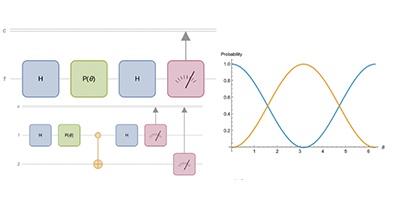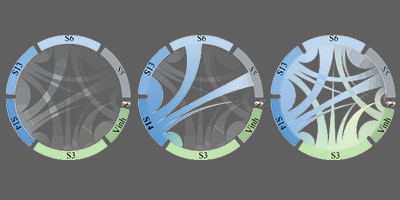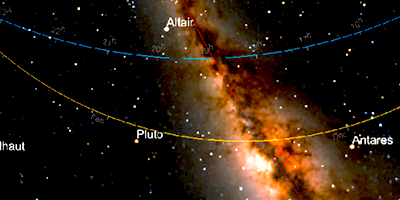Computational Art: 2022 Wolfram Language Winners

The Wolfram Language is incredibly versatile, and while it is most closely associated with mathematics, it has powerful features in a range of areas. As a challenge to our users on Wolfram Community, the 2022 Wolfram Computational Art Contest prompted participants to use Wolfram technology to flex their creativity to generate art.
The requirements for submissions were:
- A brief Community post featuring the final art piece
- The code used to create the piece
- An explanation of this code
Three Wolfram staff members volunteered to judge the 35 submissions, based upon four criteria:
- Visual aesthetics
- Wolfram Language code
- Creativity
- Explanation of process
After much debate, the judges picked four winners and one honorable mention.
And the Winners Are…
Honorable Mention
Daniel Hoffmann: The Memory of Persistence
Initially, this contest did not include an honorable mention. With a close margin in scores and some contention among the judges, however, one was added to include this reflection on time. Inspired by surrealist Salvador Dalí’s famous painting The Persistence of Memory, the judges agreed this was a well-done piece, both artistically and computationally, deserving mention even if it did not ultimately place in the top three.

 Engage with the code in this post by downloading the Wolfram Notebook
Engage with the code in this post by downloading the Wolfram Notebook

✕
|
Each output creates a random design with different clock sizes, patterns and colors for a unique interpretation every time.

Staff Winner
Anton Antonov: Rorschach Mask Animations Projected over 3D Surfaces
Unlike some other Wolfram contests, such as the annual One-Liner Competition, former or current employees were allowed to participate in this contest as a separate category. This piece looked at recreating a visual similar to Rorschach’s mask from the 2009 movie Watchmen. The resulting masks are pretty trippy!

Antonov created several unique environments to display his piece, including cloth samples to build a wallpaper design:

✕
|
Third Place
Jacqueline Doan: Kuramoto Oscillators with Phase Lag
Third place was actually inspired by another computational art event.
“When I was planning an event for my university’s math club, one of my friends suggested that we host a generative art event, where guests can come and plot their own chaotic attractors; this was when I was introduced to generative art,” explained Jacqueline Doan. “I originally wanted to be a graphic designer, so you can imagine my excitement when I found out a way to combine my two interests: math and art.”
Actually composed of two pieces titled KM and Focus, this entry leverages the Kuramoto model, used to describe the synchronicity of coupled oscillators, and visualizes the oscillators’ trajectories. Doan said this was their first time making generative art and that they want to make more. We’re looking forward to getting to see these future works!

Second Place
Tom Verhoeff: Sculpture from 18 Congruent Pieces
In the words of our judges, our second-place winner was “deceptively simple” at first glance, but fascinating after seeing the design process. The crux of this entry was based upon creating a “pretty 3D polygon” as explored by Tom Verhoeff and Melissa van Veenendaal in an article for the Bridges conference about mathematics and arts. The sculpture’s construction, composed of 18 beams with specific relationships to each other, leverages many of the powerful features of the Wolfram Language: symbolic computations, numeric computations, graph plotting, 3D graphics and interactive manipulations. The complexity of this shape is revealed in its rotations, such as its “flamingo posture.” Check out the full Wolfram Community post to play around with these rotations yourself!

First Place
Frederick Wu: Love Heart Jewelry IV: The Giving Tree
Last, but certainly not least, our first-place winner! This one was a judge favorite all around. The fourth part in a series of posts (one of which was previously featured on the Wolfram Blog), this piece moves from the computational realm into the physical. Using a casting process, the 3D geometry was turned into a pendant, and as with other creations from this series, gifted to the creator’s family. Combining computational design, metalworking and a story about family and love, this entry not only ticked the boxes for this competitions but was also a heartwarming read.

Frederick Wu then rendered this masterpiece into a mold to 3D print and cast silver to create a pendant for his daughters. Want your own 3D Spikey? You can use his code to create an STL file to then upload to 3D-printing software:

✕
|
Get Creative!
Even though the contest has wrapped, that doesn’t mean you can’t try your hand at some computational art. If you need some inspiration beyond these winners, check out all the great submissions from Wolfram Community!
| Visit Wolfram Community or the Wolfram Function Repository to embark on your own computational adventures! |



Comments